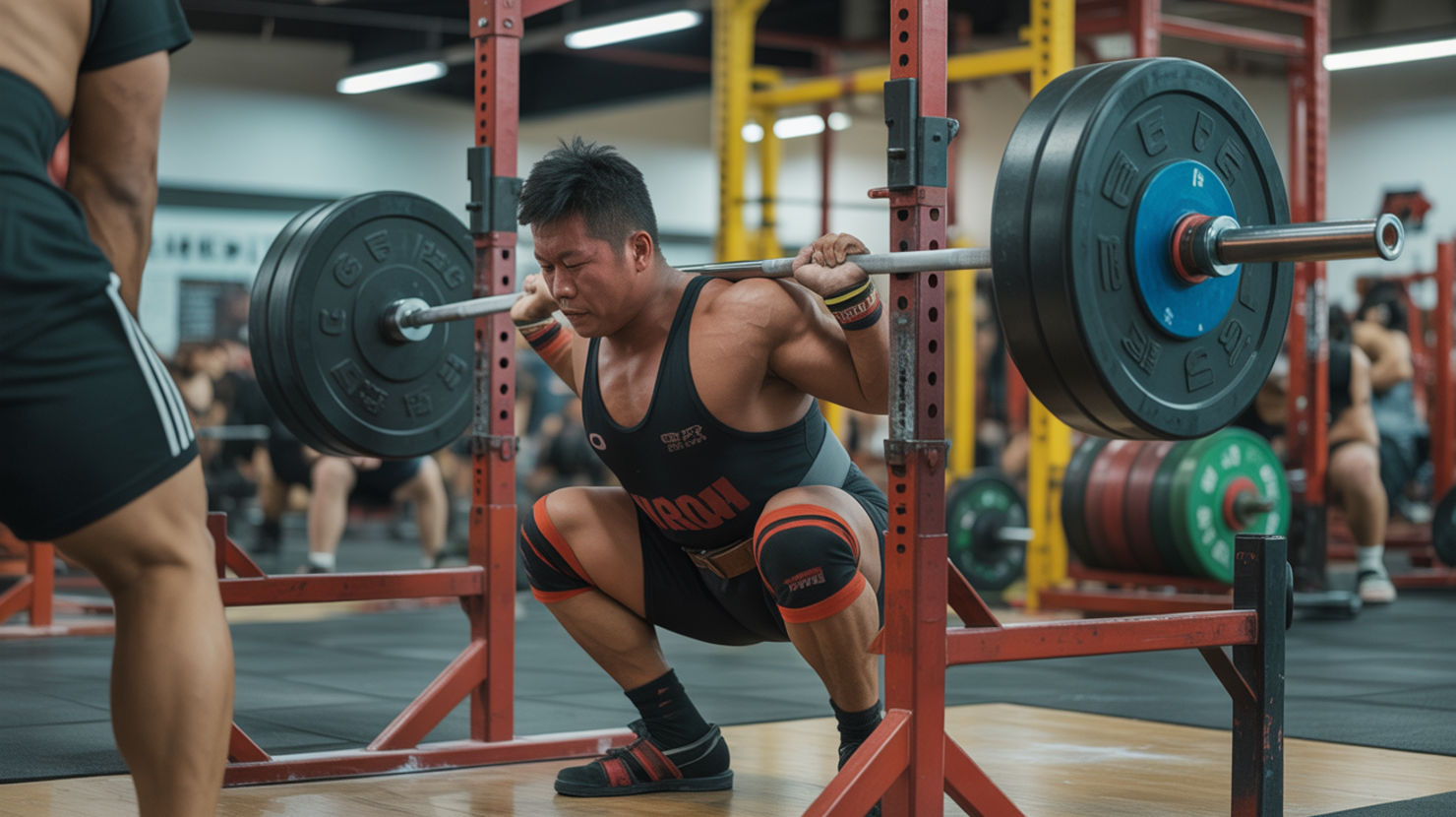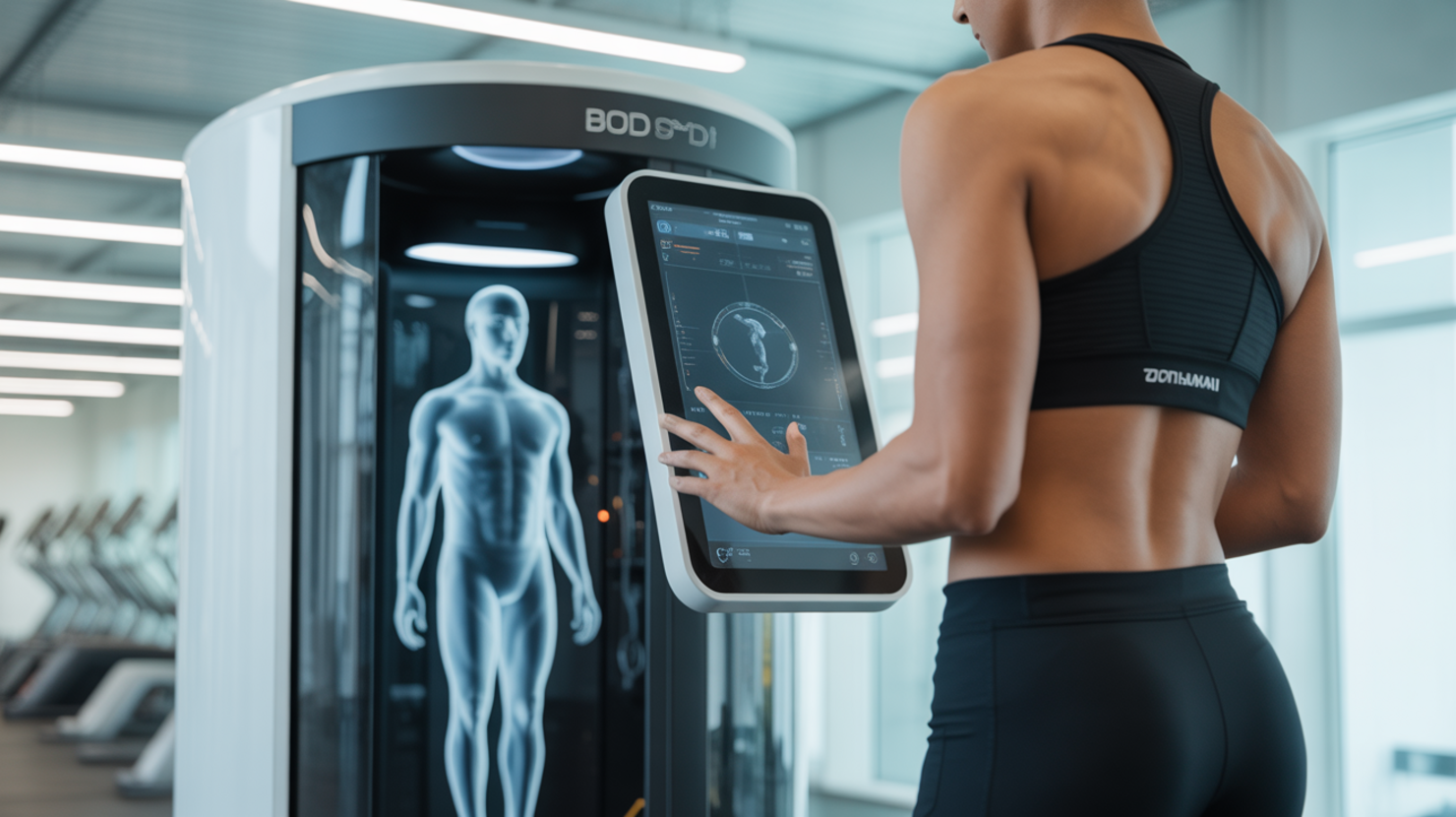When embarking on your functional fitness journey, it’s easy to fixate on mastering major movements like squats, deadlifts, and overhead presses. While these are undeniably critical, a fundamental element often overlooked by newcomers is **grip strength**. Your grip serves as the vital connection point between you and the weight, impacting nearly every exercise you perform. Imagine it as the crucial handshake – if the connection is weak, your potential is limited.
This oversight frequently manifests as a **hidden weak link**. Many beginners find their larger muscle groups still capable, yet their hands give out first. This premature **forearm fatigue** forces sets to end early, preventing sufficient stimulus to the primary muscles intended for training. In exercises like **deadlifts**, **pull-ups**, **barbell rows**, or **kettlebell swings**, a failing grip directly hinders performance and compromises overall progress.
Furthermore, a weak grip can lead to detrimental **compensation patterns**. As your hands struggle to maintain hold, the body instinctively recruits other muscles, such as the biceps or shoulders, to compensate. This reliance on incorrect muscle groups promotes **poor form**, significantly increasing the risk of strains, injuries, and preventing proper activation of the target muscles. Learning to identify and avoid such mistakes is essential for safe and effective training (learn more about common exercise mistakes here).
Ultimately, neglecting grip strength creates significant **plateau risks**. You simply cannot progress to heavier loads or more challenging exercises if your grip is the limiting factor. Addressing this **hidden weak link** early on is fundamental for unlocking your full potential, ensuring safety, and building a truly strong foundation in functional fitness. Prioritizing grip strength early removes this bottleneck, allowing consistent progression and pushing your strength gains.
EMG Technology Decoded: Beyond Basic Gloves
Stepping into the realm of fitness technology, “EMG-enhanced” training gloves offer capabilities far exceeding traditional workout gear. EMG, or Electromyography, is a technique that measures the electrical activity produced by skeletal muscles. Applying this to workout gloves involves integrating small, sophisticated sensors directly into the fabric or structure.
These integrated sensors provide **real-time muscle activation tracking** 💪. This means you gain insight into how hard your grip muscles, particularly those in your forearms and hands, are actually working during an exercise. Are you engaging the right muscles? Is effort balanced between hands? This immediate data stream offers insights previously confined to clinical or sports science labs. For beginners, understanding this activation is crucial for developing proper form and avoiding passive grip patterns.
This tracking also enables a powerful **biofeedback mechanism**. Biofeedback helps you gain awareness and control over physiological functions using instruments that measure and display data. In the context of grip, the gloves provide immediate feedback—perhaps via an app 📱—on your grip pressure and muscle engagement levels *as you are lifting*. This allows you to actively adjust your grip *during* a set to optimize activation, ensuring you effectively target the intended muscles rather than just clinging on. Learning to adjust grip pressure mid-movement is a key skill for progressive overload, and biofeedback accelerates this learning.
The advanced data isn’t confined to the glove. These smart gloves feature seamless **wireless integration** with various fitness tracking apps on your smartphone or tablet. The real-time muscle activation and biofeedback data are transmitted directly to these apps, creating a detailed digital log 📊 of your grip performance. This enables post-workout analysis, tracking progress over time, identifying trends, and pinpointing specific areas for improvement. For functional fitness newbies, this data-driven approach demystifies grip strength development, making it a measurable, trackable aspect of their overall fitness journey. Understanding the ‘how’ behind your grip effort transforms abstract advice into concrete, actionable data.
Precision Training Advantages for New Lifters
Starting functional fitness can feel daunting, especially when mastering compound movements heavily reliant on **grip strength**. For new lifters, understanding grip usage, balance, and safe resistance progression often relies on trial and error. This is where **precision training**, powered by tools like EMG-enhanced gloves, offers a significant advantage, moving from guesswork to a data-driven approach ✨ from day one.
This approach offers specific benefits directly addressing common beginner challenges:
- 🎯 Eliminating guesswork in grip engagement levels
- ⚖️ Identifying unilateral strength imbalances instantly
- 📈 Progressive resistance calibration guidance
A primary benefit is **eliminating guesswork**. Traditional methods depend on subjective feeling: “Does my grip feel strong enough?” Precision tools provide **real-time data** on muscle exertion. This objective feedback clarifies proper engagement and ensures correct muscle activation, building body awareness faster and making effort more targeted.
These tools also excel at **identifying unilateral strength imbalances**. It’s common for one side to be stronger. In lifting, this can lead to gripping harder with one hand, causing uneven development and potential injury risks. Precision data instantly highlights these discrepancies, allowing you to adjust technique or add exercises for balanced strength development from the outset. Addressing imbalances early is crucial for long-term success.
Finally, precision training offers invaluable **progressive resistance calibration guidance**. Knowing when and how much to increase weight is critical for **progressive overload** and safety. By quantifying grip capacity and endurance during lifts, precision tools indicate if grip is the limiting factor or if more weight can be safely handled. This data-informed approach makes progression smarter, preventing plateaus from overlooked grip weaknesses and ensuring efficient, safe strength building without overreaching.
Embracing precision in grip training as a beginner isn’t just about using technology; it’s about building a strong, balanced foundation based on accurate information. It reduces frustration, minimizes risk, and accelerates your journey towards mastering functional movements with confidence.
EMG Glove Integration in Foundational Workouts
Incorporating advanced technology like EMG-enhanced gloves into your foundational functional fitness routine provides unprecedented insights. For beginners navigating common exercises, these tools translate complex movements into actionable data, helping refine technique and build strength more efficiently from the start. Let’s explore how these smart gloves apply to staple beginner workouts.
Take the **kettlebell swing**. This dynamic movement relies heavily on proper hip drive and a controlled, powerful grip. EMG gloves help establish **grip pressure benchmarks**. Are you squeezing too hard, causing premature forearm fatigue? Or is your grip too loose, sacrificing control and power transfer? Real-time feedback helps you find the optimal pressure, ensuring optimized force transmission from hips through arms for more effective, sustainable swings.
For the **deadlift**, grip often fails first for beginners, even with strength remaining in legs and back. EMG gloves offer valuable **grip endurance tracking**. As you train, the gloves monitor grip strength resilience, identifying exactly when fatigue sets in. This data is crucial for building the specific grip strength needed for heavier lifts. Whether using a standard overhand grip or a **hook grip**, understanding limitations through **biofeedback** helps build resilience and delay reliance on aids like straps, fostering true grip development.
Even challenging bodyweight movements like the **rope climb** become more analyzable. This exercise significantly tests upper body strength and grip tenacity. While “friction management analytics” sounds technical, the core benefit is understanding the **grip force** required against gravity and rope friction. EMG data shows the demands on forearms and hands, allowing you to track improvements in **grip efficiency** and endurance specific to this demanding activity.
By providing tangible data on metrics like grip pressure, endurance, and force across these foundational exercises, EMG gloves offer beginners a clear roadmap. They move beyond guesswork, helping you understand the specific demands of each movement on your grip and guiding you towards building the robust hand and forearm strength essential for long-term functional fitness success.
Traditional Methods vs Smart Gear Efficiency
When starting functional fitness, mastering your grip is fundamental. Historically, beginners relied on tried-and-true, low-tech methods to enhance grip strength – chalk, simple hanging exercises, gauging progress by feel or reps. While effective, the advent of **smart fitness gear**, like EMG-enhanced training gloves, introduces a level of **efficiency** and precision unattainable through traditional approaches, especially for newcomers.
Consider moisture control, key to preventing slips and maintaining grip. Traditionalists use **chalk**, an absorbent powder. It’s effective but needs reapplication and offers no dynamic feedback on how moisture or fatigue affects grip *in real-time*. Smart gloves, with potential **sensor-enhanced moisture control**, could integrate sensors to detect skin moisture and provide feedback, allowing proactive adjustments or highlighting fatigue points you might miss. This shifts from a static solution to a dynamic, data-informed approach.
Another significant difference lies in tracking progress and refining technique. Traditional methods involve **static holds** or repeating exercises, relying on subjective improvement or rep count. This can lead to plateauing from guessing *why* failure occurs or where weaknesses lie. Smart gear enables **dynamic resistance adaptation** (more accurately, dynamic grip *analysis* during resistance) and offers **data-driven paths** to progression. By tracking muscle activation (EMG) and grip pressure throughout a lift, these gloves provide objective data. They show unilateral imbalances, moments of grip failure under load, and how grip engages at different movement phases. This replaces trial-and-error with actionable insights, making training sessions significantly more effective and tailored to specific needs.
Here’s a quick comparison highlighting the efficiency leap:
| Aspect | Traditional Method | Smart Gear (EMG Gloves) |
|---|---|---|
| Moisture Control | Chalk (static absorption, manual) | Sensor-enhanced (potential real-time feedback, dynamic) |
| Grip Analysis | Static holds, subjective feel | Dynamic analysis during movement (EMG, pressure) |
| Progression | Trial-and-error, rep/weight tracking | Data-driven paths, precise weakness identification |
| Feedback | None beyond feel | Objective, real-time biofeedback |
While **traditional methods** are foundational, **smart gear** adds a layer of quantitative feedback crucial for optimizing grip strength gains, preventing injury, and ensuring new lifters build a solid foundation based on data, not just guesswork. Understanding the biomechanics of grip during lifting is vital (research often highlights its importance), and technology helps bridge the gap between theory and practical application. It’s not about replacing hard work, but making that work smarter 💪.
Future-Proofing Your Fitness Tech Stack
Investing in smart fitness gear isn’t just about improving today’s workout; it’s about building a **future-proof fitness tech stack**. As technology evolves, you need tools that grow with you, offering new insights and integrating seamlessly into a broader ecosystem of health and performance tracking. EMG-enhanced training gloves exemplify gear positioned at the forefront of this trend, offering capabilities aligned with the future direction of personalized fitness.
A key aspect is **interoperability with existing wearable ecosystems**. Your smartwatch, fitness tracker, or smart ring collects vast data on activity, sleep, heart rate, and more. Smart gloves with open APIs or standard connectivity can feed precise grip strength and muscle activation data into this stream. This creates a more **holistic picture** of your physical state and training response, allowing apps to provide nuanced analysis beyond isolated data points. Imagine seeing grip endurance fatigue alongside overall workout intensity and recovery. Integration with popular platforms makes data accessible and actionable, enhancing existing devices. Learn more about the growing field of wearable technology ⌚.
Another exciting frontier is the application of **AI-powered grip strength prediction models**. As you accumulate data from training sessions using EMG gloves, AI algorithms can analyze patterns in muscle activation, fatigue rates, and performance. Over time, AI could predict when grip might become a limiting factor, suggest optimal rest periods, or recommend specific exercises to target weaknesses before they cause plateaus. This moves beyond tracking towards **predictive analytics** 🤖, offering proactive guidance tailored to your unique physiology and history. Explore the potential of artificial intelligence in sports science.
Finally, insights from precise grip data have significant **cross-training applications** for sport-specific goals. While initially focused on functional fitness, measuring grip dynamics, endurance, and force production is invaluable in sports like climbing 🧗, martial arts, rowing, cycling (for hand fatigue), or racket sports 🎾. Data helps athletes understand and improve grip strategy for optimal performance in their discipline, focusing on the *quality* and *efficiency* of grip application in dynamic movements. This granular data supports highly targeted training adaptations crucial for competitive performance or mastering new physical skills.
Choosing gear like EMG-enhanced gloves means investing in technology designed to integrate, analyze, and adapt, positioning you to benefit from ongoing advancements in **data-driven fitness** and keeping your training regimen relevant and effective for years to come.











